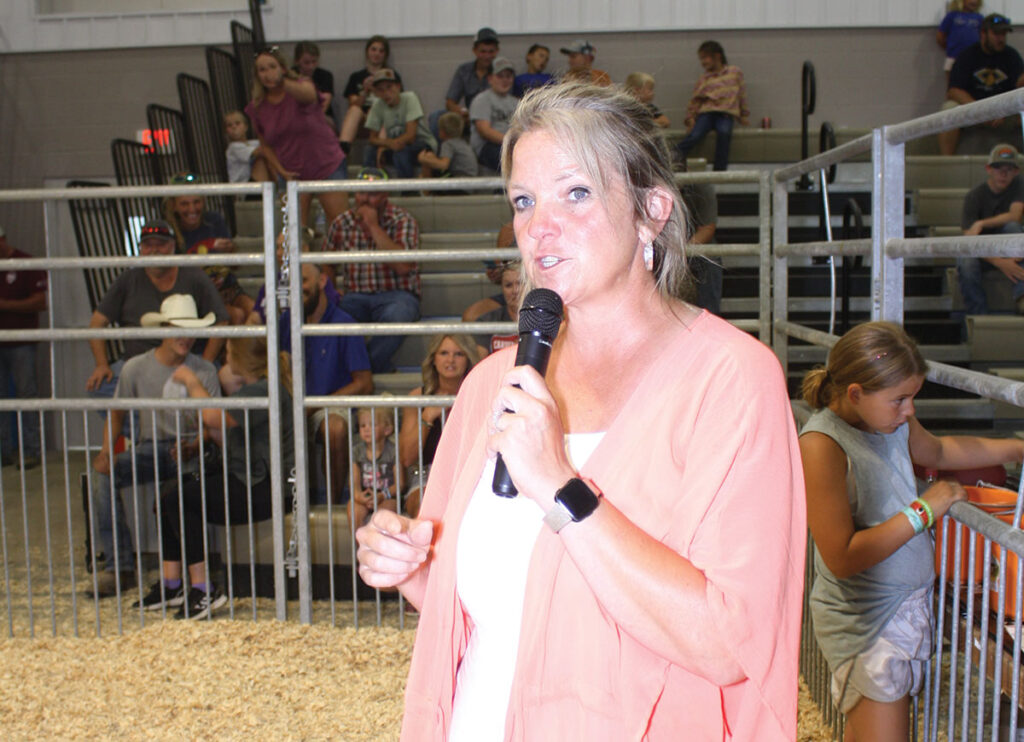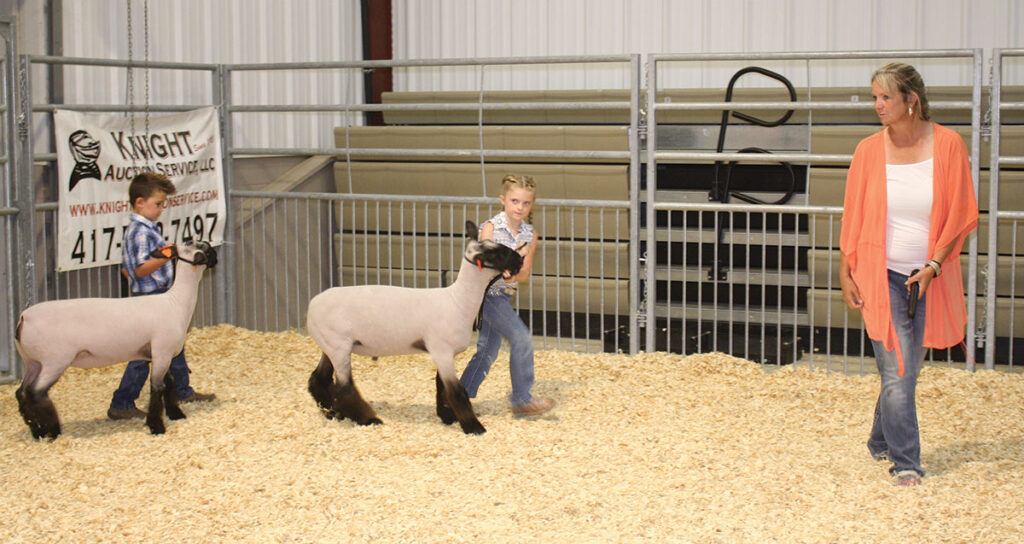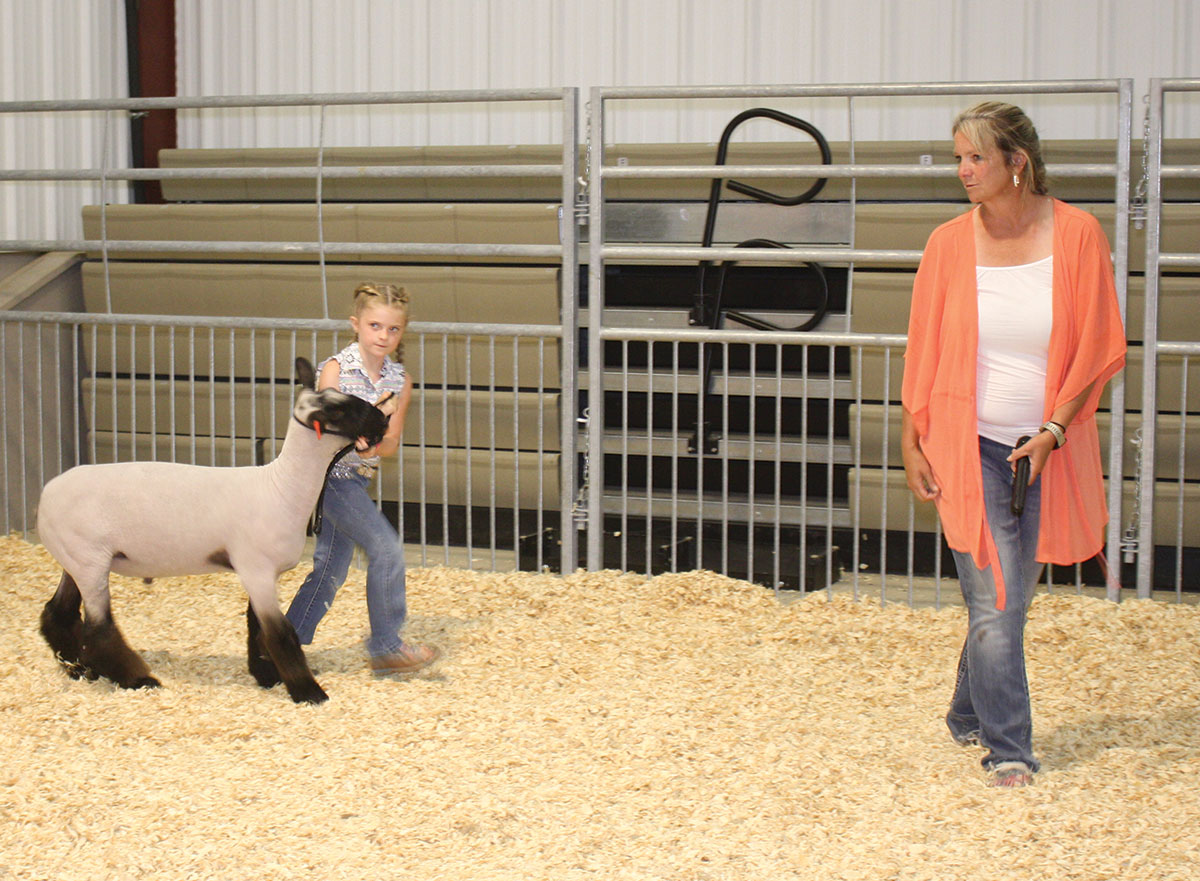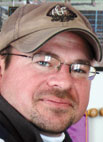
From RoKaJo Farms to the Conway FFA, Mary Ann Keck is devoted to agriculture
MARSHFIELD, MO. – Mary Anne Keck has been an agriculture teacher and FFA advisor for 21 and a half years. The last eight of those years have been spent at Conway High School, in Conway, Mo. She also taught in Carthage and Pleasant Hope. She was inspired to pursue teaching agriculture by her own FFA advisor Bill Roberts. She also credits her long family history of teachers, saying that it’s in her blood. She says that from the moment she took her first agriculture class in college, “I knew I was where I was supposed to be.”
Mary Anne’s own journey with agriculture began when she was a young girl and her parents, Robert and Karen Johnson, purchased 5 acres of land near Marshfield, Mo. They later named it RoKaJo Farms. Her father had grown up showing Hereford cattle and wanted his kids to have the same experience with raising livestock. Since they had too few acres to sustain cattle, the Johnsons decided to go into the sheep business. In 1982 they purchased a few bred Suffolk ewes and lambed them out. In 1983 they were encouraged by a local mentor to show, and they have shown every year since. When Mary Anne was old enough to enter the junior shows, they decided to expand their herd to include Shropshire sheep. They continued with both breeds until 2001 when the family decided to downsize and focus solely on Shropshire production.
They chose to continue with Shropshires over Suffolks due to their smaller, more manageable size. Mary Ann said even the largest Shropshire rams can be handled by one person. They also love the breed for their excellent mothering abilities, good meat production and their easy-keeping reputation. Additionally, Mary Ann and her family enjoy the community of producers around the breed, because they are encouraging and helpful. Shropshires have the added bonus of producing a stout wool that can be processed without felting, it is often used by spinners in combination with softer wools to produce a more comfortable garment.
Mary Anne and her parents now have a combined total of 7 acres of land, and they lambed out 35 ewes this year. Her children, Kirsten and Hunter, help with showing and everyday chores around the farm. According to Mary Anne, Kirsten enjoys the showing side of the sheep operation more, and Hunter enjoys the day-to-day chores and care of the sheep more. They feed a special grain ration that they have personally developed over the years. All the lambs not kept for showing or breeding stock are sold to Hörrman Meat Store in Springfield, Mo.

Mary Anne and Robert have both served on the American Shropshire Registry Board. Her father Robert helped to pass the requirement that Shropshires be slick-shorn when shown, which improved the breed by not allowing producers to hide imperfections behind wool. Mary Anne says now that she is on the board she would love to see the breed gain a more consistent body type.
Mary Anne’s love for agriculture began when she was young, and he hopes to share that passion and spark the interests in agriculture for future generations. To help cultivate that interest, she combines multiple classroom management and teaching styles, which she chooses and adapts based on her own personality, and what works best for each group of students.
“What makes a successful year of teaching is helping each student to realize that they have potential, as well as being able to adapt to the changes that each new group of students brings,” Mary Ann said.
One of the recent accomplishments of the Conway FFA is the Conway Agricultural Learning Center. The idea, Mary Ann said, was first proposed by principal Rick Lowerance for an arena where students could get hands-on experience with animals and develop their own Supervised Agricultural Experience projects. This idea snowballed to include two classrooms and a shop to keep the agriculture department all together in the same building.
In 2016, Mary Ann and fellow advisor Joseph Stratton pitched the idea to the community. She credits locals Wayne Whitehead and Sam Lower as the first people to start initiating funds for the building.
Construction on the two classrooms and arena was finished in 2021, Classes moved into the building in the fall.
The coolest thing about the building, Mary Ann said, is that it is completely community-built, which helps the students to know that their community supports their agricultural pursuits.







